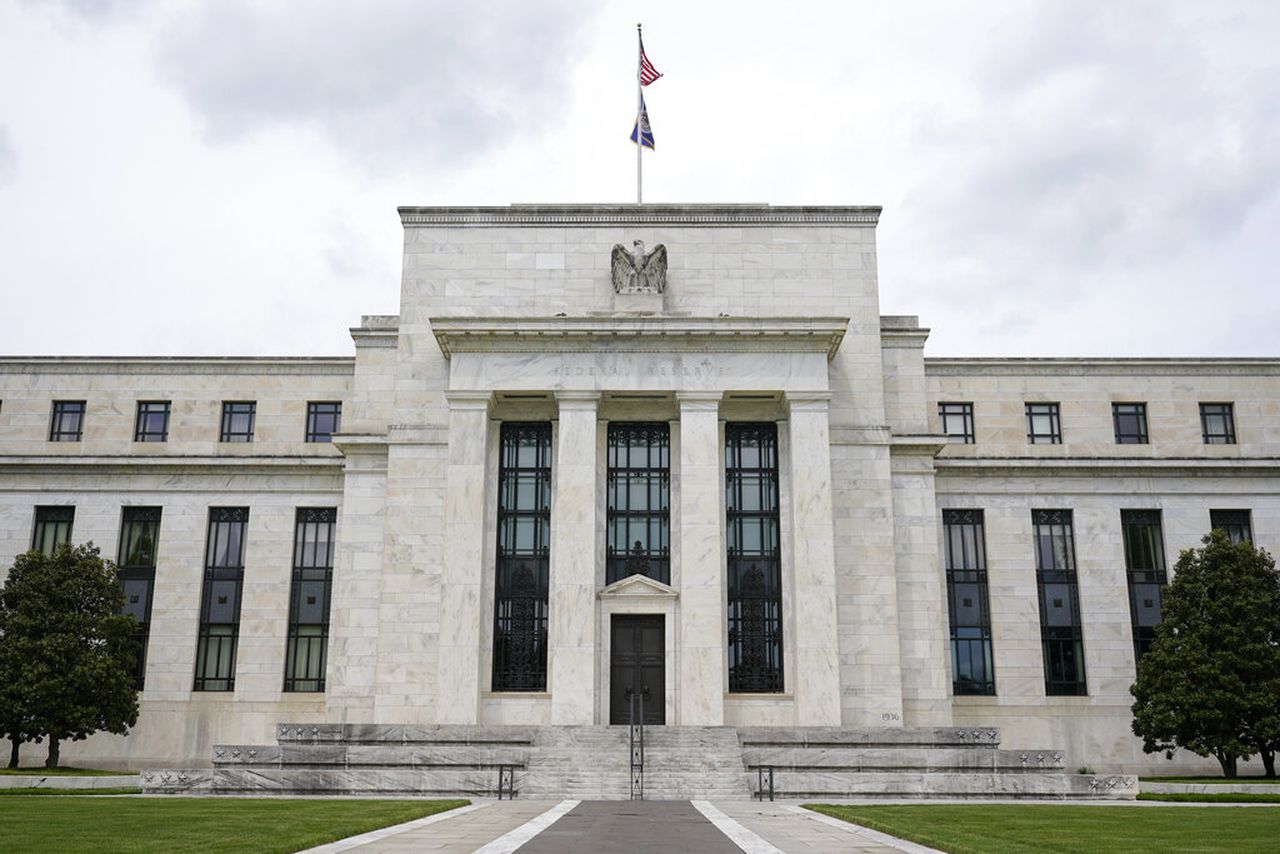The Federal Reserve is ready this week to accelerate its most drastic steps in three decades to attack inflation by making it costlier to borrow — for a car, a home, a business deal, a credit card purchase — all of which will compound Americans’ financial strains and likely weaken the economy.
The inflation went up to a 40-year high, the Fed has come under extraordinary pressure to act aggressively to slow spending and curb the price spikes that are bedeviling households and companies.
The latest rate-setting meeting ends Wednesday, the Fed will almost certainly announce that it’s raising its benchmark short-term interest rate by a half-percentage point — the sharpest rate hike since 2000. The Fed will likely carry out another half-point rate hike at its next meeting in June and possibly at the next one after that, in July. Economists foresee still further rate hikes in the months to follow.
What’s more, the Fed is also expected to announce Wednesday that it will begin quickly shrinking its vast stockpile of Treasury and mortgage bonds beginning in June — a move that will have the effect of further tightening credit. This is going to cause the stock market to be unsure of itself, people sell and buy stock with emotion and not reason.
“Chair Jerome Powell and the Fed will take these steps largely in the dark. No one knows just how high the central bank’s short-term rate must go to slow the economy and restrain inflation. Nor do the officials know how much they can reduce the Fed’s unprecedented $9 trillion balance sheet before they risk destabilizing financial markets”, The balance sheet is how much the country owes to the countries they got loans from.
“I liken it to driving in reverse while using the rear-view mirror,” said Diane Swonk, chief economist at the consulting firm Grant Thornton. “They just don’t know what obstacles they’re going to hit.”
Some economist thinks the FED is too late and this will help them have a soft landing.(Fed “doves” typically prefer keeping rates low to support hiring, while “hawks” often support higher rates to curb inflation.)
“Powell said last week that once the Fed reaches its neutral rate, it may then tighten credit even further — to a level that would restrain growth — “if that turns out to be appropriate.” Financial markets are pricing in a rate as high as 3.6% by mid-2023, which would be the highest in 15 years.”
“One challenge the Fed faces is that the neutral rate is even more uncertain now than usual. When the Fed’s key rate reached 2.25% to 2.5% in 2018, it triggered a drop-off in home sales and financial markets fell. The Powell Fed responded by doing a U-turn: It cut rates three times in 2019. That experience suggested that the neutral rate might be lower than the Fed thinks.”
Powell is counting on the robust job market and solid consumer spending to spare the U.S. such a fate. Though the economy shrank in the January-March quarter by a 1.4% annual rate, businesses and consumers increased their spending at a solid pace.


